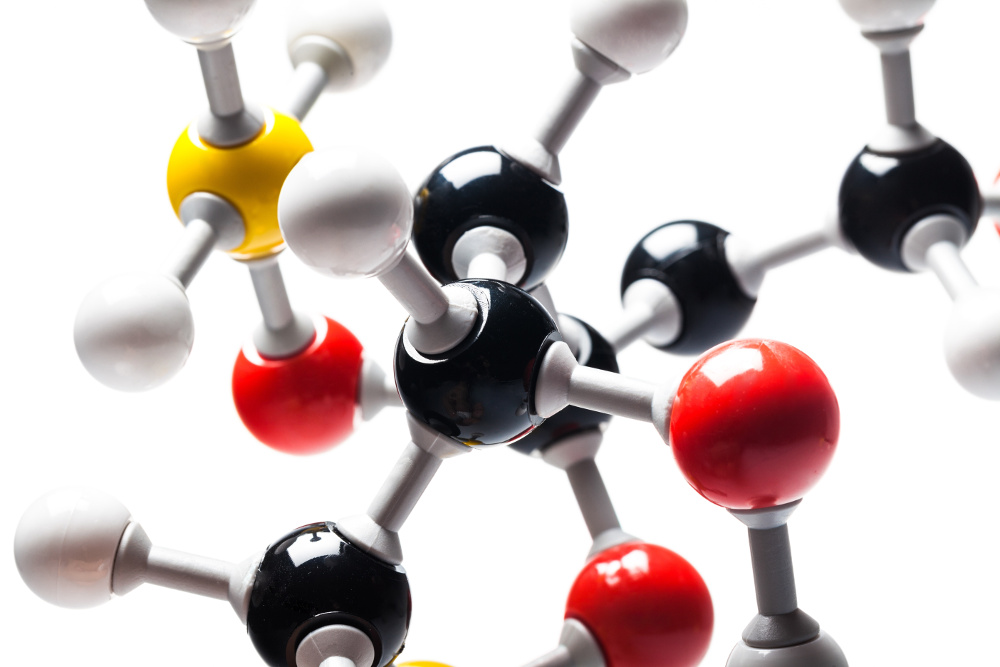This article was written by Marie Donlon | June 01, 2017
https://insights.globalspec.com/article/5334/new-materials-changing-the-face-of-engineering
Advances in the 3-D printing, nanotechnology and biochemistry fields have changed the face of engineering with new materials such as graphene, viton and shrilk. So what, exactly, makes theses materials so innovative?
GRAPHENE
Although 200 times stronger than steel and one million times thinner than a human hair, graphene is almost transparent, flexible and very light. Graphene has recently emerged from the world of nanotechnology. At only one atom thick, this thin layer of carbon has been dubbed the world’s first two-dimensional substance. Graphene also conducts electricity a thousand times more efficiently than copper and is impermeable to gases and liquids.
Graphene is being explored for use in a number of applications, including energy, electronics, composites, coatings, membranes, sensors and biomedicine. Because it cools efficiently, graphene can be used to cool electronic devices, computer chips and smartphones. Additionally, scientists believe that graphene membranes could help improve drinking water purification and its weight and flexibility could be used in the making of folding mobile phones, clothes and buildings.
VITON
Also known as FKM rubber, Viton is a durable type of synthetic rubber that was developed by the Chemours Company. Viton is a fluorocarbon-based polymer with high temperature resistance and high resistance to chemical change, aging, oils, and other chemicals. These qualities make Viton ideal for use in the valve and sealing industry. Particularly, its resistance to temperature and oil makes this material well suited for o-ring seals in jet engines and automotive fuel handling systems.
SHRILK
Made from shrimp shells and silk protein and developed at Harvard University’s Wyss Institute for Biologically Inspired Engineering, shrilk is a biodegradable plastic that is as strong as aluminum (but weighing only half as much).
Shrilk offers a potential biodegradable alternative to traditional plastics. The flexible material can be used for medical implants and to engineer and regenerate tissue.
This article was written by Marie Donlon | June 01, 2017
https://insights.globalspec.com/article/5334/new-materials-changing-the-face-of-engineering

